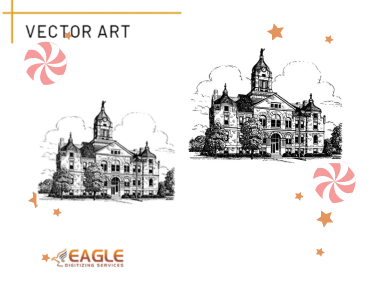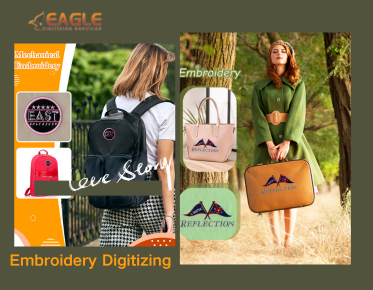Handling Low-Resolution Images to Achieve Clear Embroidery Patterns or Vector Graphics
html
In the digital age, the demand for high-quality images is ever-increasing, especially in fields like embroidery and vector graphics. However, dealing with low-resolution images remains a common challenge. Whether you're a graphic designer, an embroidery artist, or a business owner, understanding how to transform these images into clear, scalable designs is crucial. One effective approach is utilizing vector graphics, which offer scalability without loss of quality.
Understanding the Basics of Image Resolution
Image resolution refers to the detail an image holds, typically measured in pixels per inch (PPI). High-resolution images have more pixels, providing greater detail and clarity. Conversely, low-resolution images have fewer pixels, often resulting in a blurry or pixelated appearance when enlarged. This is particularly problematic in embroidery and vector graphics, where precision and clarity are paramount.
The Challenges of Low-Resolution Images
Low-resolution images can pose several challenges, especially when used for embroidery patterns or vector graphics. The lack of detail can make it difficult to capture intricate designs, leading to unsatisfactory results. Additionally, enlarging these images often results in a loss of quality, further complicating the design process.
Techniques for Enhancing Low-Resolution Images
Several techniques can be employed to enhance low-resolution images, making them suitable for embroidery and vector graphics. These include:
1. Image Upscaling
Image upscaling involves increasing the size of an image while maintaining its quality. Advanced software tools use algorithms to add pixels and enhance details, resulting in a clearer image. While this method can improve image quality, it may not always be sufficient for intricate designs.
2. Vectorization
Vectorization is the process of converting raster images (composed of pixels) into vector images (composed of paths). This method is particularly effective for low-resolution images, as vector graphics can be scaled infinitely without losing quality. Tools like Adobe Illustrator and CorelDRAW are commonly used for vectorization, allowing designers to create precise and scalable designs.
3. Manual Redrawing
In some cases, manually redrawing the image may be the best option. This involves tracing the original image and recreating it with vector paths. While time-consuming, this method ensures the highest level of detail and accuracy, making it ideal for complex designs.
Software Tools for Image Enhancement
Several software tools are available to assist in enhancing low-resolution images. These tools offer a range of features, from basic upscaling to advanced vectorization. Some popular options include:
- Adobe Illustrator: Known for its powerful vectorization capabilities, Adobe Illustrator is a go-to tool for graphic designers.
- CorelDRAW: This software offers a range of features for vector graphics, including advanced tracing tools.
- GIMP: A free alternative to Adobe Photoshop, GIMP offers basic image enhancement features, including upscaling and vectorization.
Applications in Embroidery
In embroidery, clear and precise patterns are essential for achieving high-quality results. Low-resolution images can lead to distorted or unclear designs, affecting the final product. By enhancing these images through vectorization or manual redrawing, embroidery artists can ensure their patterns are crisp and detailed.
Creating Embroidery Patterns from Vector Graphics
Vector graphics are particularly useful in embroidery, as they can be easily converted into embroidery patterns. Software like Wilcom and Hatch Embroidery allows users to import vector files and convert them into stitch patterns, ensuring accuracy and precision in the final design.
Applications in Vector Graphics
Vector graphics are widely used in various industries, from graphic design to advertising. Their scalability and precision make them ideal for creating logos, illustrations, and other design elements. By converting low-resolution images into vector graphics, designers can ensure their work is versatile and adaptable to different formats.
Benefits of Vector Graphics
Vector graphics offer several advantages over raster images, including:
- Scalability: Vector graphics can be resized without losing quality, making them ideal for various applications.
- Precision: The use of paths and shapes allows for precise and detailed designs.
- Flexibility: Vector graphics can be easily edited and modified, allowing for quick adjustments and updates.
Future Trends in Image Enhancement
As technology continues to evolve, new methods for enhancing low-resolution images are emerging. Artificial intelligence and machine learning are playing an increasingly important role in image processing, offering advanced algorithms for upscaling and vectorization. These technologies promise to make image enhancement more efficient and accessible, opening new possibilities for designers and artists.
For those seeking professional assistance, Eagle Digitizing excels in delivering professional vector art services, transforming creative visions into scalable designs. As the demand for high-quality images continues to grow, leveraging these services can provide a competitive edge in the industry.



.png)